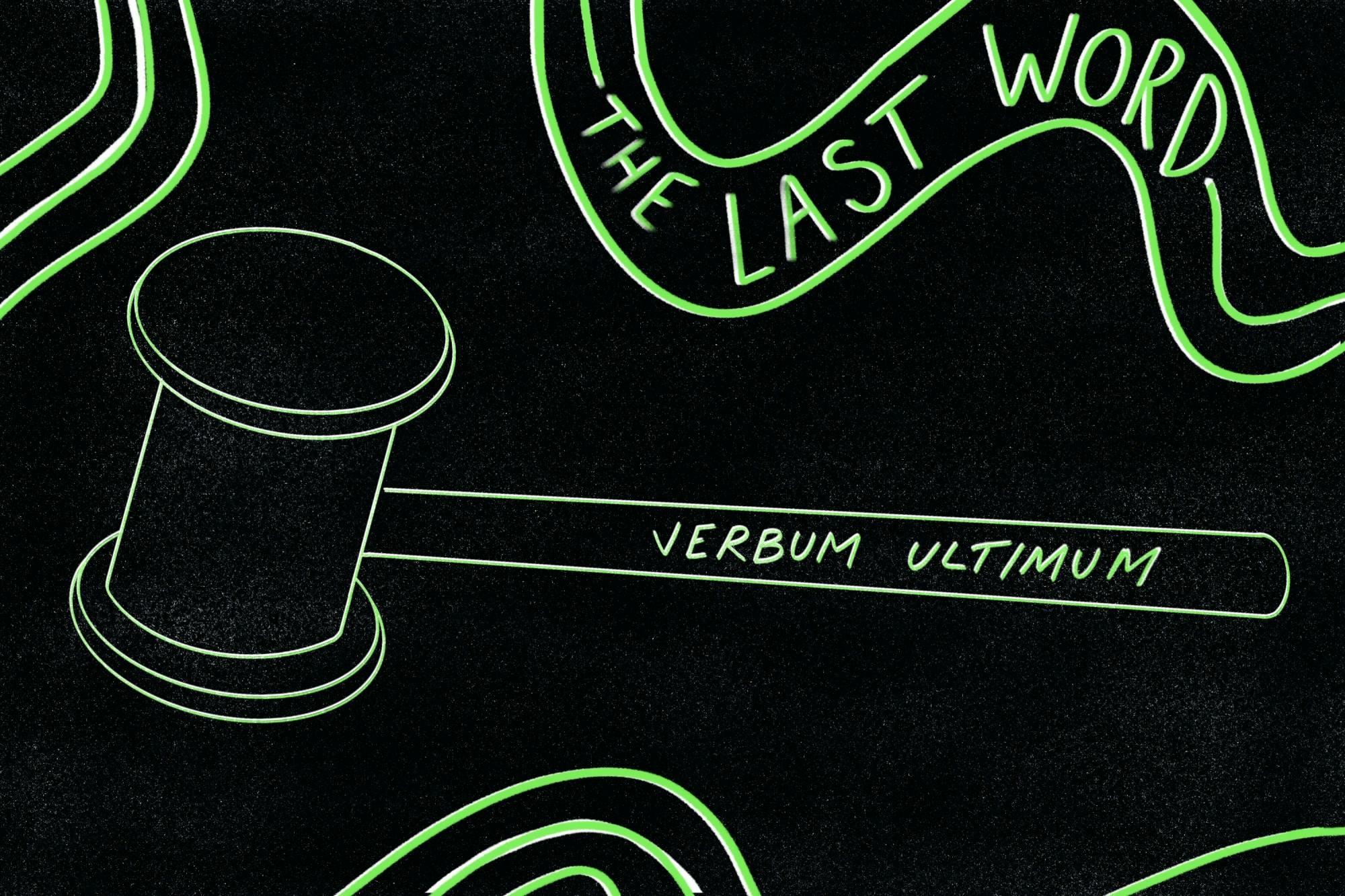On April 21, the Office of the Provost informed the campus community that a swastika — a hate symbol representing antisemitism, genocide and Nazi ideology — was discovered drawn in the dirt on the side of the Green. Safety and Security found the swastika just days after the campus community commemorated Yom HaShoah, or Holocaust Remembrance Day, on April 18 with a reading of the names of every child who died in the Holocaust. As an Editorial Board, we stress the severity of antisemitism — both on campus and nationally. Antisemitism is rising at alarming rates, and it is critical that people learn to recognize antisemitism — in all its forms — and condemn it without qualification.
Unfortunately, the discovery of a swastika on campus is reflective of worsening antisemitism nationwide. The Anti-Defamation League counted 3,697 antisemitic incidents in the United States in 2022 — a 36% increase from the year prior and the highest number of incidents on record since the organization began collecting the information over 40 years ago.
Colleges are not immune to these worrying trends. The ADL audit also showed that antisemitism on college campuses specifically has been steadily growing as well. The number of campus incidents increased by 71% from 2020 to 2022. The growth of antisemitism is undeniable, and Jewish students are feeling the effects.
Just two years ago at Dartmouth, a former member of the Class of 2023 shot a public menorah display on the Green with a BB gun, uprooting the Jewish community’s sense of safety and acceptance on campus. Jewish members of this Editorial Board have also had to grapple with the effects of rising antisemitism off campus. Graffiti spelled out “JEWS NOT WELCOME” on the entrance sign to one of our high schools. A Jewish Community Center, where one of us went every day after school, received bomb threats that necessitated emergency evacuations. Spray-painted figures hanging from nooses appeared on walking paths in one of our hometowns, accompanied by the words “NO MERCY FOR JEWS.” Synagogues in our cities have been vandalized with hate symbols. It can be difficult to comprehend the reality of rising antisemitism from just numbers, but we want to stress that Jewish people — here on campus and across the country — must live with the deeply personal and chilling repercussions.
Despite a concerning increase in antisemitism, it sometimes seems like there is an aversion to acknowledging its severity. After a student shot the menorah on the Green, the most recognizable Jewish symbol on campus, Hanover Police did not label the incident a hate crime. When antisemitism is acknowledged, it often comes in a package with other forms of discrimination: Five years ago, after the Pittsburgh synagogue shooting left 11 Jews dead, College President Phil Hanlon sent out an email to the campus community without specifically mentioning antisemitism. Instead, he grouped the synagogue attack with other tragedies and made a blanket statement about “recent events… targeting people for who they are — their religion, political views, gender identity, race and ethnicity.” Not addressing antisemitism when discussing acts clearly motivated by prejudice against Jews sets a dangerous precedent — without acknowledging the existence of antisemitism, how can we properly address it? To his credit, Hanlon seems to have learned from his previous mistake, as he was quick to acknowledge and condemn antisemitism after both the menorah vandalism and the swastika discovery. We want to praise the College for their unequivocal condemnation of antisemitism in recent years, and we sincerely hope that students, faculty and other community members take such messages to heart.
However, we also want to highlight that antisemitism is not always as obvious as a Nazi symbol on the Green or a vandalized menorah. Microaggressions and antisemitic rhetoric are just as dangerous to the Jewish community — particularly because they have been normalized to some degree. Another ADL survey found that many Americans still believe anti-Jewish tropes and conspiracy theories. 24% of Americans believe that “Jews have too much control on Wall Street,” 20% believe “Jews have too much power in the United States today” and 39% believe that “Jews are more loyal to Israel than to America.” Widespread belief of such tropes has historically had deadly consequences, and Jewish members of this editorial board have seen these beliefs directed at them. It is easy to condemn antisemitism when it is overtly expressing hatred for Jews, but far fewer people recognize, and many still perpetuate, equally harmful tropes.
This lack of awareness for what antisemitism can look like, combined with a hesitation to directly call out antisemitism, is a dangerous recipe. There is no quick and easy solution, but it can start with individuals making an effort to understand and challenge the stereotypes and flawed beliefs that are so embedded in public discourse — and that they may implicitly believe themselves. That way, if they see antisemitism, they can speak up, and condemn it with the specificity and attention it deserves.
The editorial board consists of opinion staff columnists, the opinion editors, the executive editors and the editor-in-chief.


